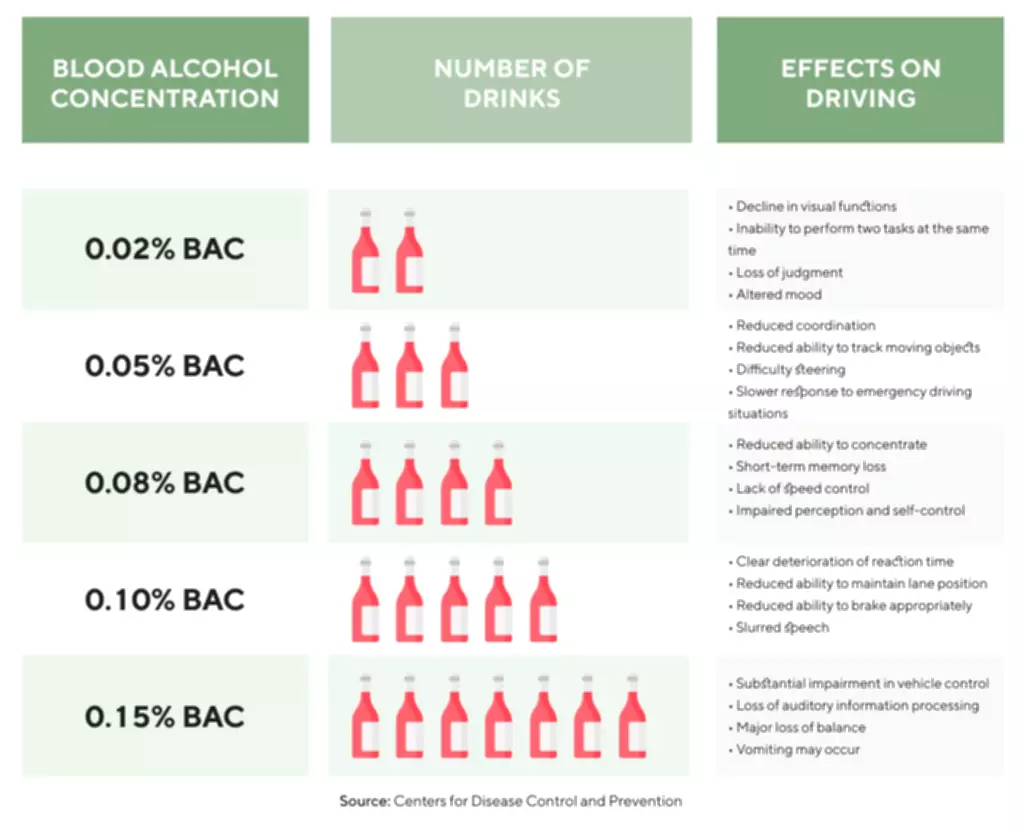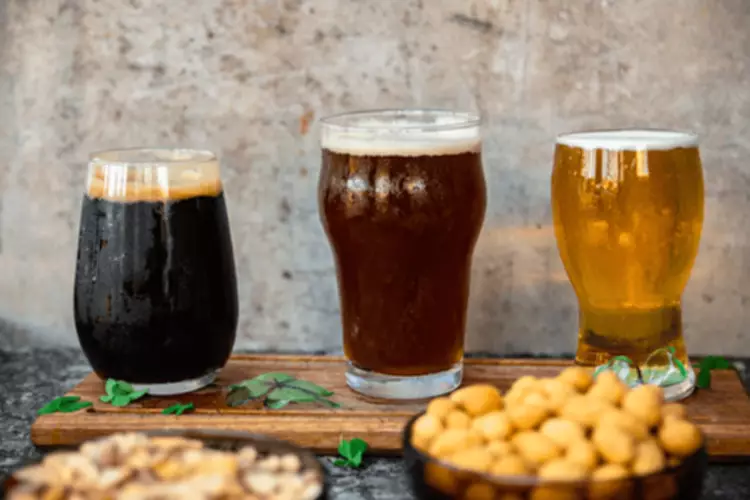As drug abuse takes hold, you may miss or frequently be late for work or school, your job performance may progressively deteriorate, and you may start to neglect social or family responsibilities. What began as a voluntary choice has turned into a physical and psychological need. Very few drug abusers or addicts are able to recognize when they’ve crossed that line. While frequency or the amount of drugs consumed do not necessarily constitute drug abuse or addiction, they can often be indicators of drug-related problems.
High-Risk Substance Use Prevention
It is also, unfortunately, a time when the emergence of most mental health problems peaks. Risk and protective factors contribute to the initiation, maintenance, and escalation of alcohol, tobacco, and illicit drug use, and these factors can be identified and addressed at the level of the individual, family, school and community. In many respects, substance use and abuse can be considered developmental phenomena. First, there are the teen drug abuse predictable epidemiologic patterns of adolescent substance use onset and progression. Second, research demonstrates that substance use is frequently linked to important developmental goals and transitions. The degree of involvement in substance use for any teenager is often a function of the negative pro-drug social influences that they are exposed to combined with their individual developmental vulnerabilities to these influences.
Withdrawal Symptoms

Withdrawing from drugs should be done under the guidance of a medical professional to ensure safety. Lofexidine was the first medication approved by the Food and Drug Administration (FDA) to treat opioid withdrawals. Compared to a placebo (a pill with no therapeutic value), it significantly reduces symptoms of withdrawal and may cause less of a drop in blood pressure than similar agents. This article discusses how drug addiction is treated and offers suggestions for overcoming drug addiction. It’s important to teach them the power of saying no and how to enjoy life without relying on substances.
Search APA Databases
The first study evaluated the impact of BASICS on students engaging in high-risk drinking over a four year follow-up period. Findings indicated that students receiving BASICS had significantly greater reductions in drinking frequency and quantity compared to control group students, with the greatest intervention impact observed in the first year after the intervention. A second study evaluated the short-term effects of BASICS on college students engaging in binge drinking. Controlling for gender, BASICS reduced the number of times alcohol was consumed and the frequency of binge drinking episodes from baseline to a six week follow-up assessment. At the six-month follow-up, students receiving BASICS had greater reductions in drinking quantity and peak quantity compared to students in the control group. At the two-year follow-up assessment, students in the intervention group reported drinking an average of 3.6 drinks per drinking occasion, compared to 4.0 drinks per occasion for controls, a small effect size that was statistically significant.
The health educators who conduct follow-up telephone calls after each mailing can be paid staff or volunteers. It is recommended that they participate in a two-day training prior to making telephone calls. A one- to two-day training workshop conducted by a certified trainer is recommended for teachers prior to implementing Project TND. The training workshops are designed to build the skills that teachers need to deliver the lessons with fidelity, and inform them of the theoretical basis, program content, instructional techniques, and objectives of the program. Triggers can be any person, place, or thing that sparks the craving for using.
Recovery options

Why You Should Talk With Your Child About Alcohol and Other Drugs – SAMHSA
Why You Should Talk With Your Child About Alcohol and Other Drugs.
Posted: Tue, 27 Sep 2022 07:00:00 GMT [source]
- Concern for youth well-being is what drove the well-intentioned, but ultimately ineffective, “mad rush for abstinence,” as Robert Schwebel, PhD, calls it.
- Prevention programs that effectively target risk factors for alcohol and tobacco use may not only prevent the use of these substances, but may also decrease or eliminate the risk of using other substances further along the progression.
- Medication can be an effective part of a larger treatment plan for people who have nicotine use disorder, alcohol use disorder, or opioid use disorder.
- When growth over time was examined in a high risk subsample, the LST group had slower increases in the rates of marijuana use and multiple drug use compared to controls.